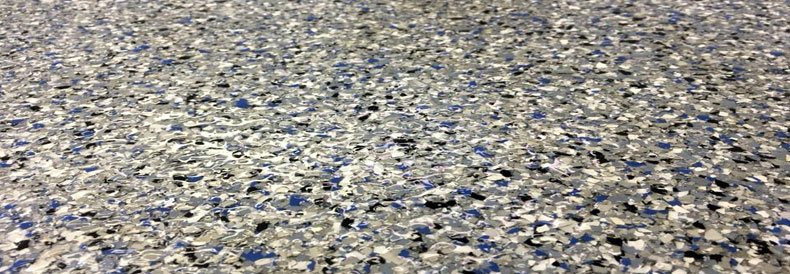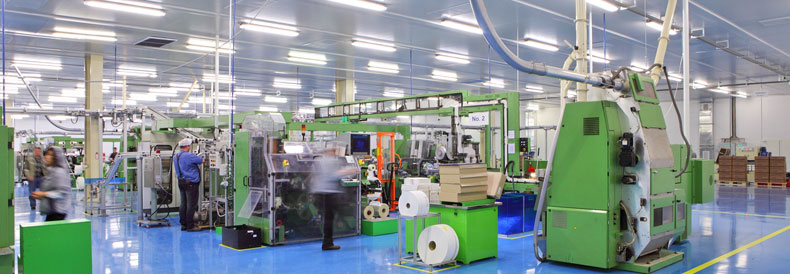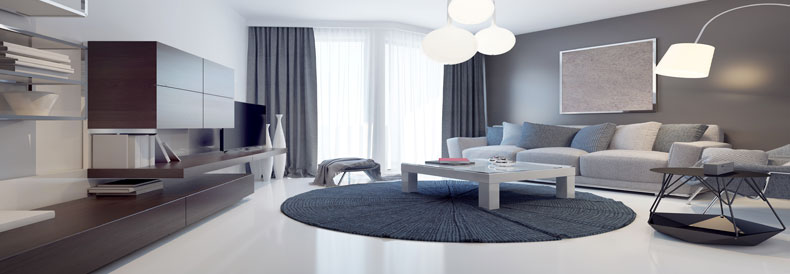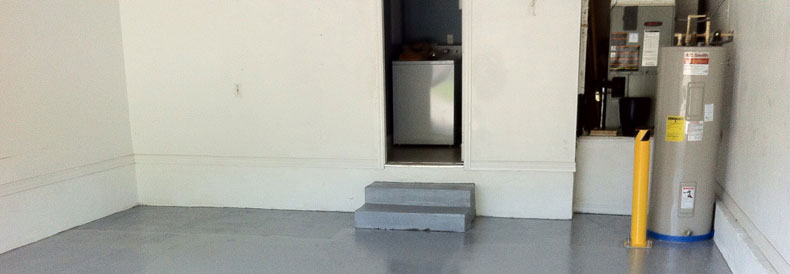Choosing The Best
Epoxy Floor Coatings

Are you in the market for a new epoxy flooring system but feel a tad bit overwhelmed as to the different types of epoxy and what they offer? Well, we know exactly how you feel because we felt the same way our first time around. Our goal today is to make sure you don’t feel like you are stuck between a rock and a hard place when choosing your new flooring system. To help ease the mental burden, we have outlined all of the top epoxy flooring systems and what they bring to the table down below! So, let’s get started.
100 Percent Solid Epoxies

Might as well start with the best! With the 100 percent solid epoxy system, there are 2 parts the epoxy resins and the hardeners. With the pure epoxy formula, there are no additives to degrade its chemical makeup, making it one of the highest performing systems on the market. Want to know what makes this flooring so attractive or and why you might consider staying away from it? Down below, you will find the advantages and disadvantages of using 100 percent solid epoxy systems:
- Average cure times only take up to 24 hours in most cases
- Can last your home or business 20-30 years with proper maintenance
- Weight tolerance of up to 15,000 PSI with proper installation
- Ability to resist harsh chemicals like battery acid, cleaners, and degreasers
- Will produce toxic fumes during the installation process
- Can cost more than the lesser epoxies on the market
- Next to impossible to do yourself due to fast cure times
- May be hard to obtain without proper licensing
Two-Part Water-Based Epoxies

While the water-based epoxy is a 2 part system just like the 100 percent solid system, don’t confuse the two. Don’t get me wrong, water-based epoxies are good, but they are not as good as its solid variant. The water-based epoxy uses water a solvent that fills the void of not having a pure epoxy mixture, saving you money. But by using water as a solvent, this system is immediately eliminated from contention in a few facilities or settings. But, this shouldn’t deter you from using this type of epoxy as there are many pros; but also cons, that make this flooring a viable option for any setting that requires a durable and attractive flooring system.
- Provides a VOC free environment during installation
- Can be used on cracked or damaged concrete slabs
- Offers a much more competitive pricing point
- Instances of recoating needing to be done every 5-10 years
- A fully cured finish can take anywhere from 48-72 hours
- Offers protection, but not as much as a 100 percent solid system
One Part Epoxy Paints

Even though the one part “epoxy” paints are trending on social media as of late, we offer you one key piece of advice, stay away from them. While the flooring system can compete with a bare concrete finish, they come nowhere close to the other systems on this outline. But, if you arent looking for a long-lasting or durable finish, there are some pros and cons of using epoxy paints from the local hardware store and you can find them down below:
- Can be worked into most budgets
- Easily found at home improvement stores
- Ability to be easily installed, DIY friendly
- Will become unusable after 2-3 years
- Less than adequate durability/protection
- Can delaminate from concrete if not properly prepared
At the end of the day, one of these systems may not be for everyone, but they can be used in a wide range of applications. Where epoxy paints won’t make the cut in an industrial setting, it will do okay in a residential garage. On the other side of the spectrum, a 100 percent solid epoxy floor coating will be needed in heavy-duty instances with the 2 part water-based epoxy being the fairground that can be used in both instances. Now that you know all about the different types of epoxy, the decision of which one is the best will be left up to you.
